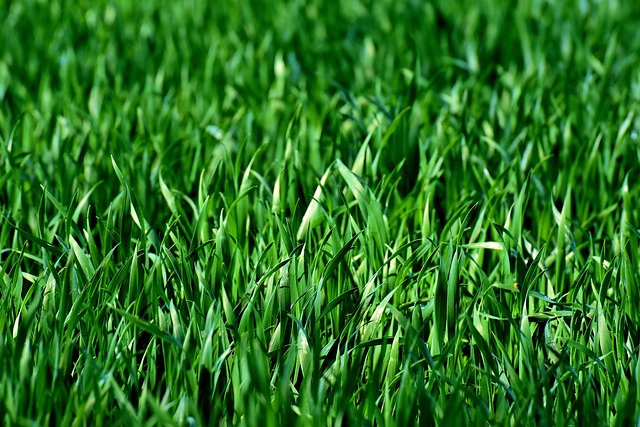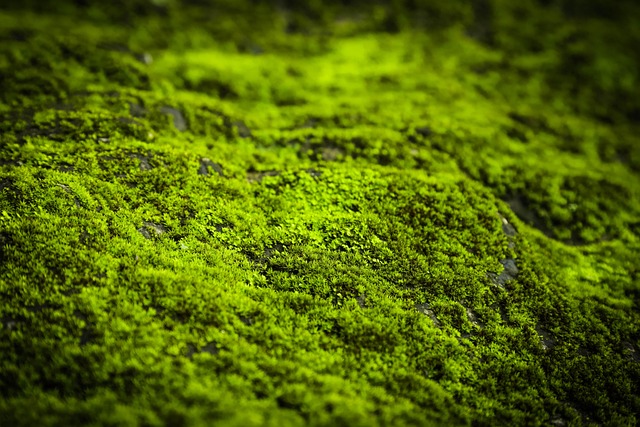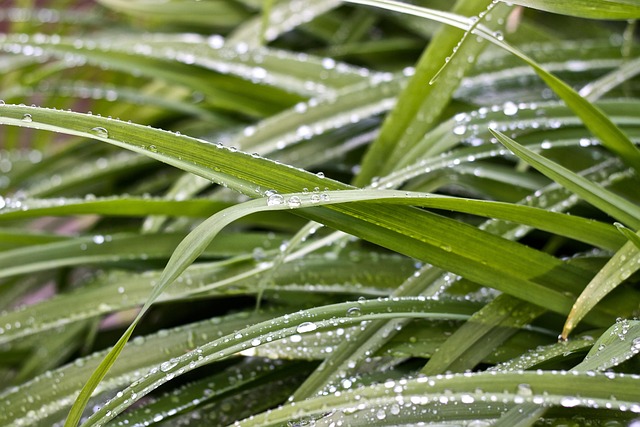Drought stress impacts lawn health, but targeted herbicide application for Wheat Ridge's right-of-way vegetation offers a solution. By controlling unwanted plants, herbicides improve water distribution to desired grasses, enhancing overall lawn health. Climate-specific herbicides, coupled with sustainable practices like integrated pest management (IPM) and suitable grass varieties, ensure resilient lawns during dry periods. Regular maintenance, including aeration and overseeding, further promotes robust grass growth capable of enduring future drought stress, making Wheat Ridge's lawns more drought-resistant.
Lawn plants, once lush and vibrant, can face severe stress during drought periods. This article explores effective solutions for managing and recovering from drought stress. We delve into understanding the specific challenges lawn plants encounter and offer practical strategies, including targeted herbicide application for right-of-way vegetation management in Wheat Ridge. Additionally, we highlight sustainable practices crucial for maintaining long-term lawn health post-drought stress.
- Understanding Drought Stress in Lawn Plants
- Herbicide Application for Right-of-Way Vegetation Management in Wheat Ridge
- Sustainable Practices for Long-Term Lawn Health Post-Drought Stress
Understanding Drought Stress in Lawn Plants

Drought stress is a significant challenge for lawn plants, particularly in regions with limited rainfall or extreme temperature fluctuations. When plants experience drought, they may exhibit signs such as wilting, browning leaves, and reduced growth. This occurs because drought conditions limit water availability, affecting essential physiological processes. Understanding these stresses is crucial for implementing effective solutions to maintain a healthy lawn.
In the case of right-of-way vegetation in Wheat Ridge, herbicide application can be strategically employed to manage drought stress. By selectively targeting unwanted plants, herbicides allow for better water distribution within the lawn, ensuring that desired grasses receive adequate hydration. This method not only enhances overall lawn health but also reduces competition for water resources during dry periods.
Herbicide Application for Right-of-Way Vegetation Management in Wheat Ridge

In Wheat Ridge, effective management of right-of-way (ROW) vegetation requires a strategic approach, especially during periods of drought stress. Herbicide application emerges as a key solution for controlling unwanted plants and preserving the health of lawns in such challenging conditions. By carefully selecting herbicides suitable for local climates and vegetation types, homeowners and landscape professionals can achieve substantial results. These applications are designed to target specific weeds while minimizing harm to desired grass species.
The process involves thorough assessment of the ROW area, considering factors like weed species prevalence and lawn health. Following this, licensed applicators use advanced equipment to precisely deliver herbicides, ensuring optimal absorption and reducing environmental impact. This targeted approach not only conserves water by promoting healthy grass growth but also reduces the need for frequent mowing, another crucial strategy in drought stress mitigation.
Sustainable Practices for Long-Term Lawn Health Post-Drought Stress

After a drought, maintaining lawn health requires thoughtful, sustainable practices. One effective strategy is implementing integrated pest management (IPM) techniques. This involves monitoring for pests and diseases, using cultural control methods like proper watering and fertilization, and applying organic or low-toxicity pesticides as needed. Additionally, removing invasive plant species through targeted herbicide application can improve lawn resilience by minimizing competition for water and nutrients. In Wheat Ridge, for instance, herbicide applications specifically tailored for right-of-way vegetation can help restore balance while promoting long-term sustainability.
Regular maintenance, such as aeration to reduce soil compaction and thatch buildup, ensures better water absorption and nutrient circulation. Overseeding with drought-resistant grass varieties further enhances lawn health and resilience. By adopting these sustainable practices, homeowners can foster robust, resilient lawns capable of weathering future stress, resulting in a lush and thriving landscape post-drought.
In light of the challenges posed by drought stress on lawns, understanding and implementing effective solutions are essential. From recognizing the signs of drought stress to adopting sustainable practices, homeowners and professionals can ensure their lawns thrive even under adverse conditions. Herbicide application for right-of-way vegetation management in Wheat Ridge offers a targeted approach to controlling unwanted plants, allowing for better water allocation and lawn health. By combining these strategies with consistent care, it’s possible to maintain lush and resilient lawns, even during challenging weather patterns.
